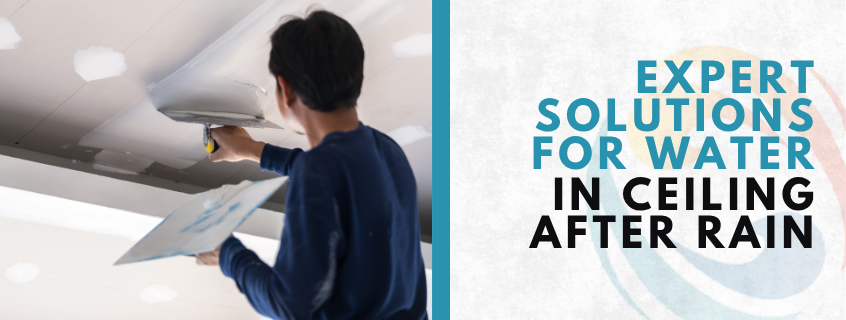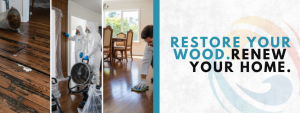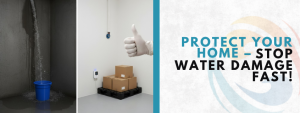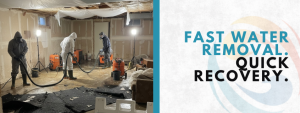When you notice a wet patch or dark brown stain on your ceiling after heavy rainfall in Malibu, it’s more than just an eyesore; it’s often the first sign of a leak or deeper structural issue. Water in ceiling after rain problems can come from roof damage, plumbing leaks, or attic condensation. Acting fast is crucial to prevent further harm to your home and avoid expensive ceiling water damage.
Why Water Appears in the Ceiling After Rain
When rain hits hard, especially during stormy winters, water can find its way through small cracks or weak spots. Many homeowners assume the roof is always to blame, but water in the ceiling can actually result from several different causes.
Common Causes of Ceiling Leaks
- Roof damage: Missing or cracked shingles allow water to seep through and reach your ceiling.
- Damaged flashing: The metal around chimneys, skylights, and vents can loosen or corrode.
- Blocked gutters: Overflowing gutters cause water to pool and back up under the roofline.
- Leaky pipes: Plumbing issues above the ceiling can mimic roof leaks.
- Condensation: Poor attic ventilation can cause moisture buildup in humid air.
Warning Signs You Have Water Damage
If you’re unsure whether it’s a small cosmetic issue or a serious leak, watch for these symptoms:
- Brown or yellow rings spreading across the ceiling
- A damp or musty smell after rainfall
- Bubbling or peeling paint and plaster
- Warped ceiling panels or sagging spots
- Persistent dripping after rain stops
What to Do Right Away When You See Water in the Ceiling
Step 1: Control the Situation
Move your furniture, rugs, or valuables out of the affected area. Place a bucket or large container beneath any active drips. If the ceiling bulges, carefully puncture a small hole to release trapped water—it’s safer than letting it collapse on its own.
Step 2: Locate the Source
Check your attic or upper floor to find the origin. Look for wet insulation, puddles, or dripping pipes. If you notice water only after it rains, your roof is the likely suspect. For ongoing leaks, you may be dealing with a plumbing problem instead.
Step 3: Call for Professional Help
If you’re in Malibu, contact licensed experts in Water Damage Restoration Malibu for precise leak detection, professional ceiling water restoration, complete drying, and long-term protection against future moisture damage.
How to Fix Water in Ceiling After Rain
After finding and fixing the leak’s source, it’s time to repair the visible damage caused by water in the ceiling. The method you use depends on how severe the moisture and damage are. For minor stains, apply a stain-blocking primer and repaint once the area is dry. If the drywall is damp, allow it to dry completely before painting to prevent peeling or mold growth. When the ceiling begins to sag, cut out the damaged drywall and replace it with new material.
In cases of mold, clean the surface thoroughly with a mold-killing solution before repainting. To restore the area properly, start by drying it out using fans and dehumidifiers, then remove any soft or damp drywall and replace wet insulation to prevent future mold problems. Once everything is dry, seal the area with a stain-blocking primer, and finish with a high-quality, moisture-resistant paint. If the project feels too extensive to handle on your own, it’s best to look for ceiling water damage repair near me and hire local professionals experienced in dealing with coastal moisture issues.
Preventing Future Water Damage in Ceiling
Once your ceiling is repaired, prevention should be your next priority. Living in Malibu means dealing with ocean air, seasonal rain, and humidity—all factors that increase the risk of leaks.
Tips to Keep Your Ceiling Dry
- Inspect your roof regularly for cracks, missing shingles, or damaged flashing.
- Clean gutters and downspouts to prevent overflow.
- Make sure attic vents allow proper air circulation.
- Seal gaps around vents, chimneys, and skylights.
- Schedule annual roof and plumbing inspections.
Preventive Home Maintenance Checklist
- Roof inspection: Twice a year or after major storms.
- Gutter cleaning: At least once per season.
- Moisture check: Install humidity sensors in your attic.
- Professional checkup: Hire a local roofing contractor annually.
By staying proactive, you can reduce the chance of water in the ceiling and avoid costly restoration work later.
Stay Ahead of Leaks: Smart Takeaways for Homeowners
Finding water in ceiling after rain damage in your home can be stressful, but taking quick, informed action can prevent it from turning into a costly disaster. The moment you notice signs of moisture, identify the source—whether it’s your roof, plumbing, or attic—and call professionals who specialize in water damage restoration. Once repairs are complete, focus on prevention: schedule routine roof inspections, clean your gutters, and ensure your attic is well-ventilated to reduce humidity. In coastal areas like Malibu, salt air and moisture can accelerate deterioration, making maintenance even more critical. By staying proactive and learning how to fix water leaks in ceiling problems early, you’ll protect your investment, maintain your home’s beauty, and prevent long-term water damage.
Your Ceiling Leak Questions—Answered
1. How serious is the water in the ceiling?
Even a small wet spot can lead to structural damage or mold growth if ignored. Early intervention is key.
2. How long does it take for a ceiling to dry?
Depending on humidity levels, it may take 48–72 hours. Use fans and dehumidifiers to speed it up.
3. Can I repair the ceiling myself?
You can patch small stains, but extensive damage requires professional water damage cleanup services to ensure long-term safety.
4. How can I tell if it’s a roof or plumbing leak?
If water appears after rainfall, it’s likely due to a problem with the roof. If it’s constant, even during dry weather, plumbing may be to blame.
5. Will repainting cover the stain?
Painting over damp drywall causes peeling and mold. Ensure the area is fully dry and primed. If water in ceiling after rain, fix leaks before repainting to prevent damage.







